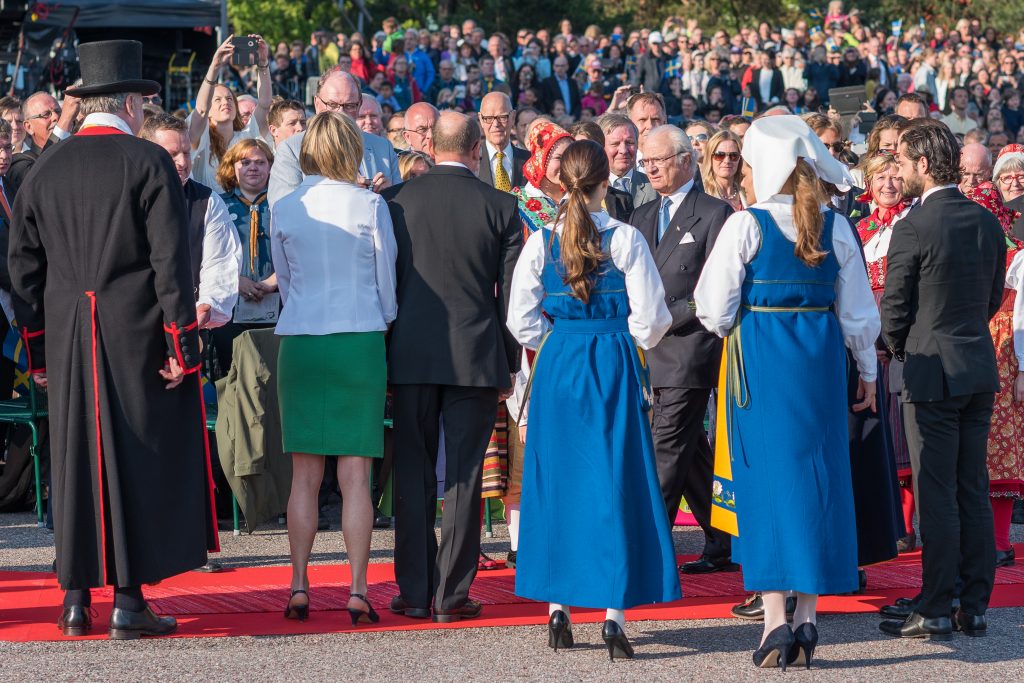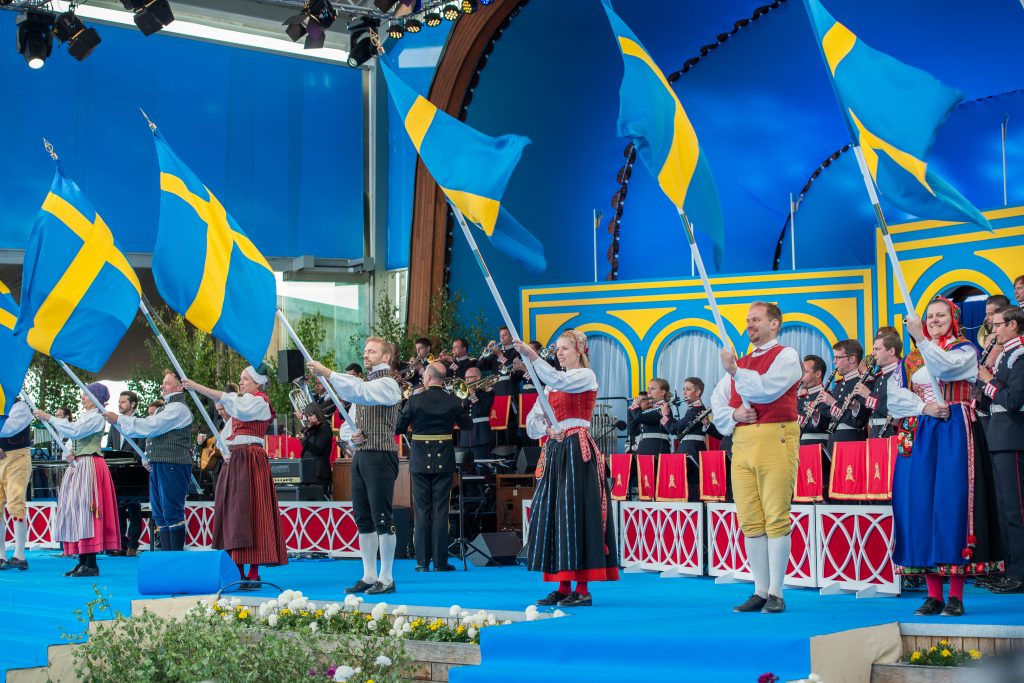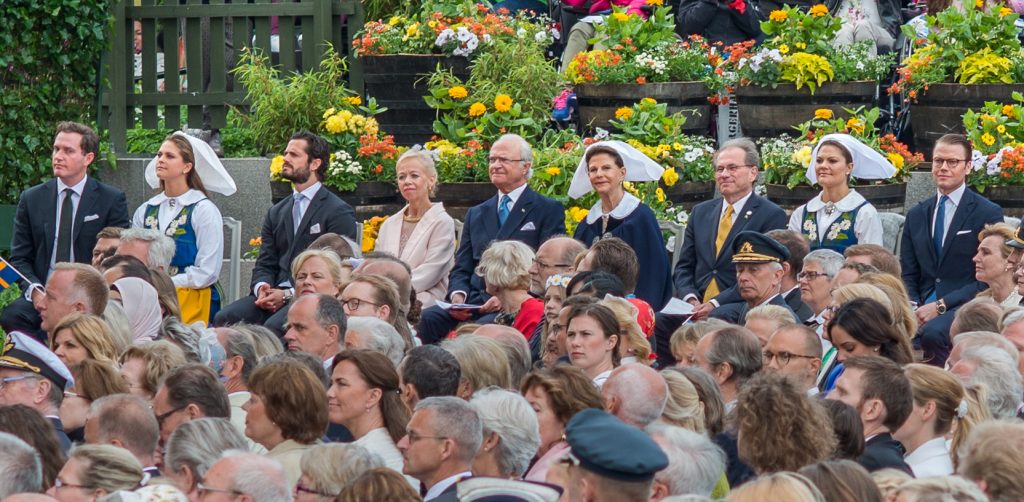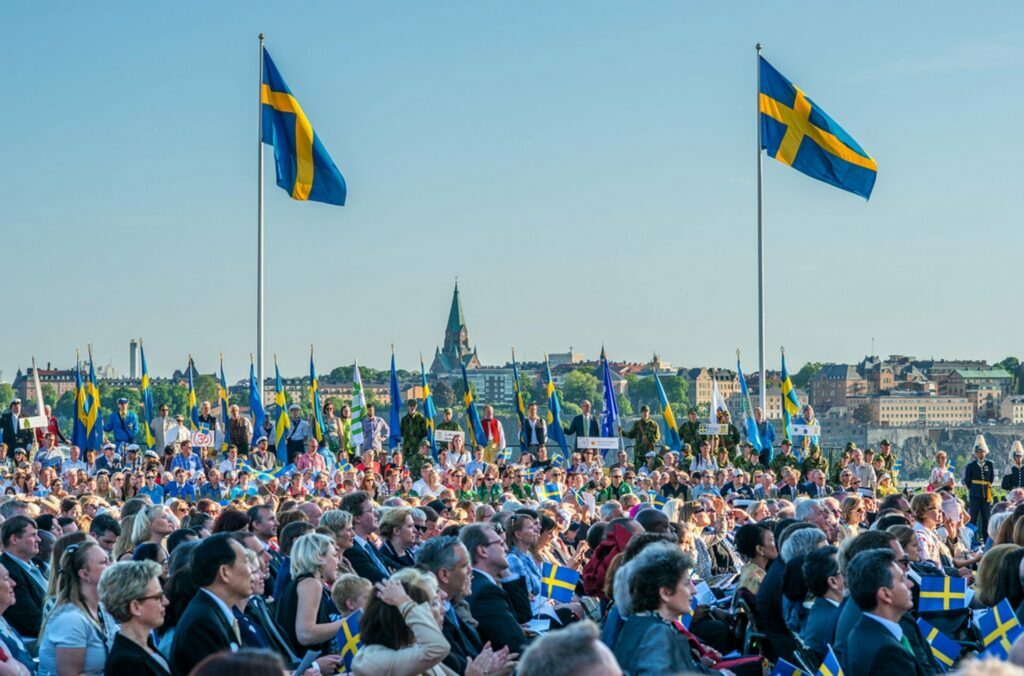The National Day of Sweden, also known as the Swedish Flag Day, is celebrated every year on June 6th. This day marks the anniversary of the adoption of a new constitution in 1809 and the election of King Gustav Vasa in 1523. The National Day has a significant place in Swedish history and culture, as it represents the country’s independence, democracy, and unity. This academic article explores the history, significance, and celebration of the National Day of Sweden, including its cultural and social aspects, and how it is observed in contemporary Swedish society.
The National Day of Sweden is one of the most important celebrations in Sweden, observed on June 6th every year. The National Day has a long history that dates back to the 16th century when Gustav Vasa was elected king and established Sweden as a separate kingdom. The day was officially recognized as the National Day of Sweden in 1983, and since then, it has become an important cultural event, celebrated with great enthusiasm and pride by Swedes around the world. This article provides an overview of the history, significance, and celebration of the National Day of Sweden.

History
The National Day of Sweden has its roots in the early 16th century when Gustav Vasa, a Swedish nobleman, led a revolt against the Danish king and established himself as the King of Sweden in 1523. This marked the beginning of Sweden’s independence and sovereignty as a separate kingdom. In 1809, a new constitution was adopted that established Sweden as a constitutional monarchy, which gave more power to the people and established the foundations for democracy in Sweden. The National Day was officially recognized as a public holiday in 2005, and it is celebrated every year on June 6th.
Significance
The National Day of Sweden represents a significant moment in Swedish history, as it commemorates the establishment of Sweden as a separate kingdom, the adoption of a new constitution, and the principles of democracy, freedom, and equality. The day is an opportunity for Swedes to celebrate their national identity, culture, and heritage, and to reflect on the country’s past, present, and future. The National Day is also a symbol of Sweden’s commitment to peace, cooperation, and solidarity, both at home and abroad.

Celebration
The celebration of the National Day of Sweden is a festive and colorful affair, marked by parades, flag-raising ceremonies, speeches, concerts, and other cultural events. The day is a public holiday, and many Swedes take the opportunity to enjoy the festivities and spend time with their families and friends. The celebrations often feature traditional Swedish food and drink, such as herring, potatoes, meatballs, and lingonberry sauce, and the Swedish flag is flown from public buildings and private homes across the country.
The National Day of Sweden is also an occasion for Swedes to showcase their national dress, folk music, and dance, and to participate in cultural events and activities that celebrate the country’s diverse cultural heritage. Many museums, galleries, and historical sites offer free admission on the National Day, allowing Swedes to explore their country’s rich history and cultural treasures.

Conclusion
The National Day of Sweden is a celebration of Sweden’s national identity, culture, and history, and it plays an important role in the country’s social and cultural life. The day represents the principles of democracy, freedom, and equality that are central to Swedish society, and it provides an opportunity for Swedes to come together and celebrate their shared heritage and values. The National Day of Sweden is a reminder of the country’s past struggles and achievements, and it inspires Swedes to work towards a better future.
Read also
- Celebrate the International Day of Plant Health and Promote Sustainable Agriculture for a Greener Future
- Protecting Press Freedom: A Vital Component of Democracy on World Press Freedom Day
- The Global Day of Parents, 1st June: Celebrating the Vital Role of Parents in Shaping the Future of Society
- World No Tobacco Day, 31st May: A Call to Action for Global Tobacco Control
FAQ about National Day of Sweden
Q: What is Sweden’s National Day?
A: Sweden’s National Day is celebrated on June 6th every year and commemorates the day when Gustav Vasa was crowned king of Sweden in 1523, marking the beginning of Sweden as a modern nation.
Q: How do Swedes celebrate National Day?
A: Swedes celebrate National Day with various events, such as flag-raising ceremonies, parades, concerts, and cultural performances. Many people also wear traditional Swedish clothing, such as folk costumes, and enjoy traditional Swedish foods and drinks.
Q: Is National Day a public holiday in Sweden?
A: Yes, National Day is a public holiday in Sweden, meaning that most businesses and government offices are closed on this day.
Q: What is the significance of National Day in Sweden?
A: National Day is significant because it celebrates the history and culture of Sweden and serves as a reminder of the country’s achievements and contributions to the world.

Q: What are some traditional Swedish foods that are served on National Day?
A: Traditional Swedish foods that are often served on National Day include meatballs, herring, potatoes, crispbread, and strawberries with cream. Aquavit, a traditional Swedish spirit, is also often consumed during National Day celebrations.
Q: How old is Sweden as a nation?
A: Sweden has a long and complex history, but the modern Swedish state dates back to 1523, when Gustav Vasa became king and started the process of consolidating power and establishing a centralized government. However, Sweden has a much longer history as a people and a culture, with roots dating back to the Viking Age and beyond.
Q: Are there any special National Day events in Stockholm?
A: Yes, there are many special National Day events that take place in Stockholm, such as the flag-raising ceremony at Skansen, a traditional Swedish music festival at the Royal Palace, and various cultural performances and exhibitions throughout the city.
Q: What do the colors of the Swedish flag represent?
A: The Swedish flag has a blue background with a yellow cross. The colors are said to represent the blue sky and the yellow fields of Sweden.
Citations
- “Swedish National Day.” Sweden.se, 5 May 2023, https://sweden.se/society/swedish-national-day/. Accessed 6 May 2023.
- “National Day of Sweden.” Visit Sweden, 2023, https://visitsweden.com/about-sweden/swedens-national-day/. Accessed 6 May 2023.
- “National Day of Sweden: Facts and Traditions.” The Local Sweden, 6 June 2022, https://www.thelocal.se/20220606/national-day-of-sweden-facts-and-traditions/. Accessed 6 May 2023.
- “Sweden’s National Day Celebrations.” Swedish Institute, 2023, https://si.se/en/events/swedens-national-day-celebrations/. Accessed 6 May 2023.
- “Swedish National Day: Celebrating Diversity and Unity.” Radio Sweden, 5 June 2022, https://sverigesradio.se/artikel/swedish-national-day-celebrating-diversity-and-unity. Accessed 6 May 2023.


